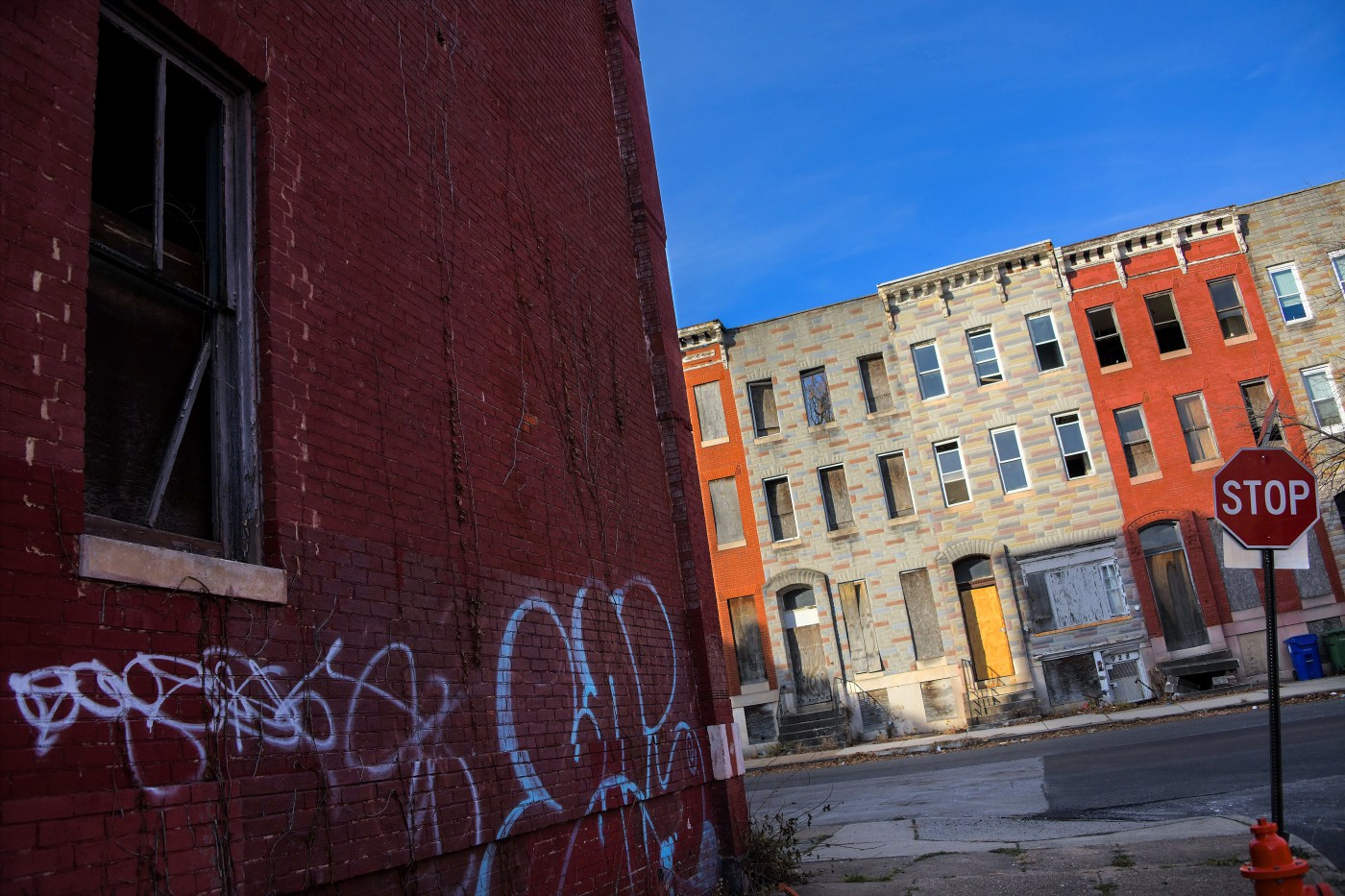
[Baltimore Sun] Baltimore City: Detroit on the Patapsco? | GUEST COMMENTARY
Which places in the country are best for a good life? Opinions may differ and experts offer provocative rankings, but the best barometer of quality of life may be one simple statistic: population growth. People move to communities with opportunities for economic, social and educational well-being; they move out of communities that lack these qualities. By this measure, Maryland’s biggest city is getting a strong vote of no confidence.
Baltimore was once the nation’s sixth-largest city. But since 1950, its population has declined by nearly 40%. Having failed to change the city’s political culture and policy direction at the ballot box, many city residents — white and Black, old and young — have voted with their feet.
The latest bad news came from the Census Bureau, which estimates the city has lost over 20,000 residents, or 3.5% of its population, just since the 2020 census. Mayor Brandon Scott, who should be concerned about such things, hasn’t publicly mentioned this data to my knowledge, let alone announced ideas for stemming the tide.
This flight has left plenty of space for those who might want to live in Charm City — though it often takes the form of abandoned and uninhabitable buildings, estimated to number about 13,000, with many more standing vacant. The city’s property tax rate is more than twice that of any other jurisdiction in the state, making Baltimore an unattractive place for anyone seeking to relocate or rehab those vacant structures. It also — along with high crime and poor schools — helps drive out existing residents.
Another once-great city also peaked in 1950: Detroit. Since then, the Motor City’s population has declined by 66%. Like Baltimore City, it is saddled with vacant properties, high property taxes and a lousy public school system. Marylanders’ ought to be concerned that their state’s largest city imitates Detroit.
It’s certainly true that there are some problems a city government cannot solve by itself. But treating flight and disinvestment by offering subsidies and other special favors to politically connected businesses isn’t a path toward economic well-being. At best, it is treating symptoms rather than root causes; experience shows that this approach is both ineffective and inequitable.
If there’s one thing a city government should do, it’s prudently and competently perform the basics. Make sure roads are in good repair. Run a dependable and trustworthy police department. Maintain an efficient water and sewer system. Keep the city clean. Balance the budget. And if someone offers a financial lifeline, take it and use it wisely.
The city was allocated $641 million in federal funds from the American Rescue Plan Act. But so far, officials have announced plans for only 28% of that amount. (How much they have actually spent is another question.) Reasonable people may differ about these plans. Some funded projects may bring long-term benefits; others seem like cynical attempts to buy votes.
What’s shocking, though, is that these resources have been deployed so slowly. When you’re given a pile of money, you should know how to put it to good use. You should — you must — know your priorities and what the city most urgently needs. You should have staffers who can act expeditiously when given the opportunity and who can get the job done.
Baltimore’s record of population loss suggests that its current leaders — from Mayor Scott through the ranks of the City Council — is are the latest in a long line of public officials who struggle to lead and manage well. The city deserves better.
Christopher B. Summers ([email protected]) is president and chief executive officer of the Maryland Public Policy Institute.
